15 Studies Unveiling Blue Light’s Impact on Our Sleep

Understanding Blue Light and Its Effects on Sleep
Did you know that more than 70% of adults report disruptions in their sleep patterns? One major culprit lurking in our daily routines may be blue light. This type of light, emitted by our beloved smartphones, tablets, and fluorescent bulbs, can significantly impact our sleep quality.
As we spend increasing hours in front of screens, it’s crucial to explore how blue light interacts with our bodies. Research has unveiled alarming insights about this light spectrum and its profound effects on our sleep health. The science behind blue light reveals its connection to melatonin production and circadian rhythms, two essential components for restful sleep.
In this article, we will summarize findings from 15 significant studies that illuminate the relationship between blue light exposure and sleep quality. Let’s dive into the facts, the implications, and the strategies we can adopt to safeguard our sleep against the disruptive effects of blue light.

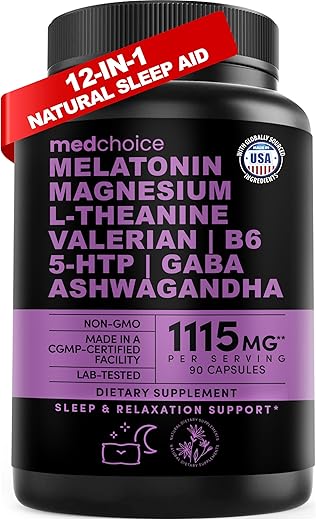
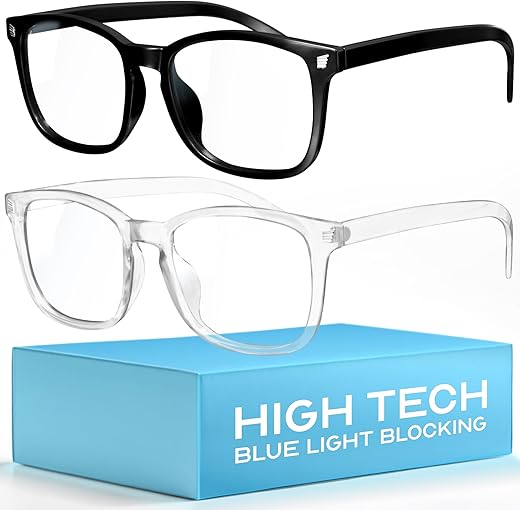
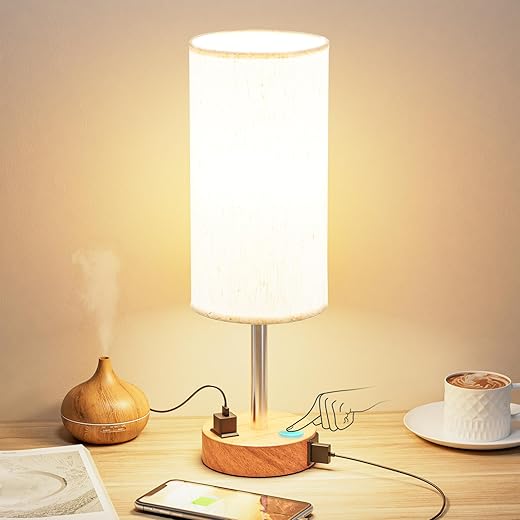
The Science of Blue Light
To grasp why blue light poses a threat to our sleep, we must first understand its nature. Blue light is part of the visible light spectrum, residing at the higher-energy end alongside violet light. It has a wavelength of approximately 380 to 495 nanometers, distinguishing it from long-wavelength lights like red or orange. While natural sunlight includes blue light, artificial sources have surged in prevalence, such as LED screens and energy-efficient bulbs.
Sources of Blue Light
Our exposure to blue light mainly comes from the following sources:
Distinction from Other Light Types
What sets blue light apart from other light types is its effect on our biological processes. Unlike warmer hues, which can be soothing and signal the body to wind down, blue light is more efficient at suppressing melatonin—the hormone responsible for sleep regulation. Our bodies are wired to respond to natural light patterns, which have evolved over centuries. Consequently, exposure to artificial blue light in the evening can confuse our biological clocks, making it hard for us to feel tired when we need to.
Statistics reveal that up to 90% of people’s exposure to blue light occurs during their evening routine as they scroll through social media or watch late-night shows. This state of extended alertness can greatly reduce the quality and quantity of sleep we obtain.
In understanding the science of blue light, we recognize just how integral it is to our sleep health. The biological implications reveal that measures need to be taken to counteract its effects, especially when it comes to melatonin production.
In our next section, we will delve deeper into how blue light specifically influences melatonin production and its subsequent effects on our sleep cycles.
How Blue Light Affects Melatonin Production
To understand the sleep disruptions caused by blue light, we must first explore the role of melatonin—often referred to as the “sleep hormone.” Melatonin is produced by the pineal gland in response to darkness, regulating our sleep-wake cycle by promoting feelings of sleepiness. As night falls and light decreases, melatonin levels naturally rise, facilitating our transition into sleep. However, the presence of blue light, particularly during evening hours, interferes with this delicate balance.
The Inhibitory Effect of Blue Light on Melatonin
Numerous studies have illuminated how blue light exposure directly inhibits melatonin production. For instance, research shows that exposure to blue light in the evening can suppress melatonin levels significantly—by as much as 85% in some cases. This suppression can result in increased alertness and a delay in our natural sleep onset.
Here’s how it works: when blue light enters our eyes, it stimulates specialized retinal cells that signal the brain to reduce melatonin production. This physiological mechanism is part of our body’s instinctual response to daylight, leading to an unfortunate scenario where late-night screen use tricks our brains into thinking it’s still daytime.
Key Findings from Recent Research
Several pivotal studies have further underscored the significance of this relationship:
These findings highlight that something as commonplace as scrolling through our phones or reading on a tablet can significantly alter our biological functioning.
Practical Implications
Recognizing the impact of blue light on melatonin, we may need to rethink our nighttime routines. Simple adjustments, like using apps that filter blue light from our screens, can help mitigate this issue. Questions often arise about which solutions to adopt, including the effectiveness of blue light blocking glasses.
Ultimately, being mindful of our exposure to blue light during the evening not only aids in preserving melatonin levels but is also essential for maintaining overall sleep health.
As we continue to explore the effects of blue light, our next section will delve into how this disruption influences our circadian rhythms, further shedding light on the intricate relationship between light exposure and sleep quality.
Impact of Blue Light on Circadian Rhythms
As we navigate through our days, circadian rhythms serve as our internal clock, driving various physical, mental, and behavioral changes throughout a typical 24-hour cycle. These rhythms are influenced largely by light cues, helping regulate sleep, hormone release, and even body temperature. However, when blue light permeates our evenings, it can wreak havoc on this delicate system, leading to disruptions that affect our sleep quality and overall health.
The Disruption of Sleep-Wake Cycles
Research shows that exposure to blue light, especially during the evening hours, can misalign our circadian rhythms. Let’s break down how this occurs:
Key Findings from Notable Studies
Several studies underscore the profound impact of blue light on our circadian rhythms:
The consequences of this disruption can be far-reaching, extending beyond just fatigue. We may find an increased risk of chronic conditions, such as obesity, diabetes, and even cardiovascular issues—all linked to poor sleep patterns shaped by circadian misalignment.
Real-Life Implications
In our fast-paced, technology-infused lifestyle, it’s essential to consider how our evening habits can influence our biological clock. Some practical steps we can take include:
As we enhance our understanding of blue light’s effects on our circadian rhythms, we lay the groundwork for exploring how prevalent blue light exposure is in our daily lives. Understanding these influences will allow us to make informed choices that can lead to improved sleep quality and overall well-being.
Blue Light Exposure in Daily Life
In our increasingly digital world, blue light exposure has infiltrated our daily routines in ways that are both subtle and pervasive. From the glow of our smartphones to the overhead lighting in our homes and workplaces, blue light has become a significant aspect of our lives, especially in the evening hours.
The Ubiquity of Blue Light Sources
Consider how many hours we spend in front of screens daily. Recent statistics reveal that adults can clock in anywhere from 7 to 10 hours with devices like smartphones, tablets, and computers. This extensive screen time significantly amplifies our blue light exposure. Here are some common sources of blue light we encounter regularly:
Our Evening Habits
The consequences of our habits become evident when we examine how we typically wind down. Many of us take engaging in screens as a form of relaxation, often browsing social media, watching shows, or playing games just before bed. Recent studies indicate that up to 90% of our blue light exposure occurs during this evening routine, wreaking havoc on our sleep readiness.
Some key findings from research include:
Practical Steps to Reduce Exposure
Arming ourselves with awareness allows us to implement strategies that mitigate blue light’s impact on our sleep. Here are actionable tips to consider:
These allow you to customize brightness and warmness to create a soothing atmosphere in the evening.
As we become more mindful of our exposure to blue light, we not only protect our sleep health but also set the stage to address how we can mitigate its negative effects. Our next section will explore various strategies to help us reclaim better sleep in a blue light-rich environment.
Mitigating Blue Light's Impact on Sleep
As we gain a deeper understanding of blue light’s impact on our sleep, it’s crucial that we also explore practical strategies to minimize this exposure. By implementing simple yet effective techniques, we can enhance our sleep quality while still engaging with our devices when necessary.
Utilizing Blue Light Filters
One of the most immediate solutions is the use of blue light filters on our screens. Most modern smartphones and laptops come equipped with built-in settings that allow us to adjust the color temperature of the display. Activating these features can help reduce blue light emission, particularly in the evening. Here are some common options:
Blue Light Blocking Glasses
For those of us who are frequently in front of screens, blue light blocking glasses are an effective alternative. These glasses have specially coated lenses that filter out blue light. Studies, including one published in the Journal of Clinical Sleep Medicine, have shown that wearing blue light blocking glasses in the evening can lead to improved sleep quality and a reduction in insomnia symptoms. For example, one participant noted enhanced melatonin levels and quicker sleep onset after just a week of using these glasses nightly.
Setting Boundaries with Screen Time
Establishing clear screen time boundaries is another key strategy. We suggest designating specific times for device use, especially during the critical hours leading up to bedtime. Research indicates that even a brief period spent away from screens can yield significant benefits, allowing our bodies to transition into the sleep phase more smoothly. Try implementing a “digital sundown” by turning off screens at least one hour before bed. Instead, consider engaging in calming activities such as reading a physical book, meditating, or journaling.
Optimizing Our Sleeping Environment
Lastly, we must create a sleep-friendly environment. This includes reducing ambient lighting with the use of blackout curtains, employing dimmable lamps with warm light bulbs, and minimizing any remaining blue light sources, such as electronic clocks. By cultivating a serene environment that promotes relaxation, we maximize the effectiveness of the strategies we’ve discussed.
Combining these approaches not only shields us from the disruptive effects of blue light but also fosters a more mindful and restful evening routine. As we embrace these practices, we set ourselves on the path to reclaiming the quality sleep our bodies need.
With our newfound knowledge and strategies in hand, we can now explore the broader implications of prioritizing our sleep health as we transition to the final thoughts on the path forward.
The Path Forward: Prioritizing Our Sleep Health
In light of the compelling evidence presented, it’s clear that blue light poses significant challenges to our sleep health. From disrupting melatonin production to affecting our circadian rhythms, our understanding of blue light’s impact is vital as we navigate our daily lives filled with screens.
We must prioritize our sleep hygiene by being mindful of our exposure to blue light, especially in the evening. Simple actions, such as limiting screen time before bed and using blue light filters, can make a substantial difference. As we move forward, let us commit to taking proactive steps towards a healthier sleep routine, ensuring we cultivate an environment that supports restorative rest. Together, we can reclaim our nights for better overall well-being.




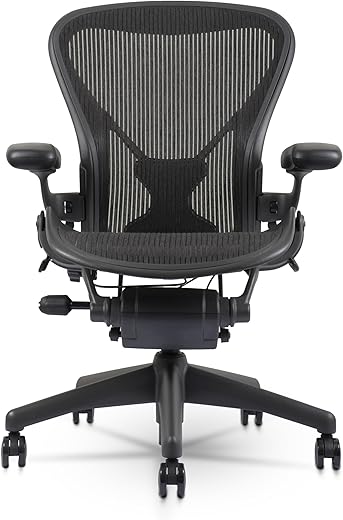
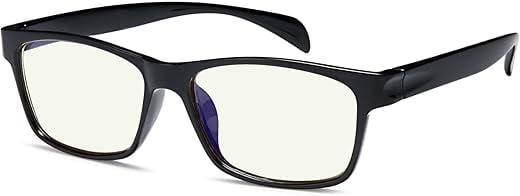

I’m not sure about all this science stuff, but I definitely feel tired when I’ve been on my phone late at night. I might look into those blue light glasses. Any particular brand you recommend?
I got mine on Amazon, super affordable and they work great!
There are many great brands out there! Look for ones that block at least 99% of blue light.
Wow, this article really opened my eyes! I had no idea blue light messes with melatonin levels so much. I’ve been struggling to sleep lately, and I’m pretty sure my phone is to blame. 😩 I’m thinking of getting those blue light blocking glasses! Anyone tried them?
I have the glasses! They work wonders for me, especially in the evenings. Can’t believe I didn’t get them sooner. 👓
Glad you found it helpful, Lisa! Blue light blocking glasses can definitely help. Just make sure to wear them at least an hour before bed!
I’m convinced that blue light exposure is ruining my life! 🤯 I’m gonna invest in the glasses and maybe a good lamp. Thanks for the tips!
Let us know how it goes! I’m curious to see if the glasses really work!
Good call, Kevin! Combining both can really help improve your sleep quality.
Finally someone talking about sleep health! It’s super important. I’ve been using a sleep mask for years—game changer! Anyone else feel like sleep is underrated?
Nice to see an article addressing blue light! I’m definitely cutting down on my screen time, but how do I convince my family? 😂
I had to show them the research! Sometimes facts help! 😂